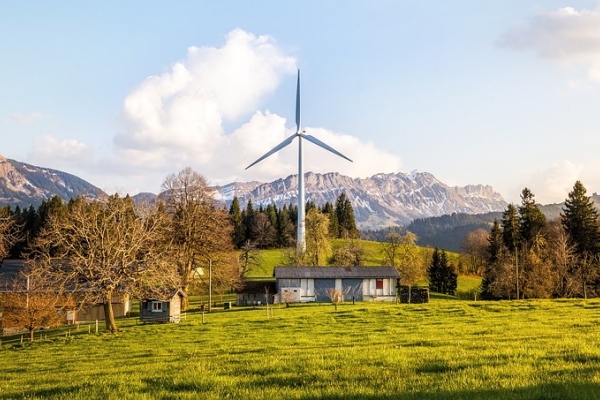Reducing energy use in your home saves you money, increases our energy security, and reduces the pollution that is emitted from non-renewable sources of energy. If you are planning to install a small renewable energy system to make your own electricity, such as a solar electric system or small wind turbine, reducing your electricity loads is the first step—saving you money by allowing you to purchase a smaller system.
There are many ways you can reduce electricity use in your home:
- Appliances and Electronics — Purchase energy-efficient products and operate them efficiently. Use an advanced power strip to reduce “vampire loads” — electricity that is wasted when electronics are not in use.
- Lighting — Purchase energy-efficient products, operate them efficiently, and incorporate more daylighting into your home using energy-efficient windows and skylights.
- Electric Space Heating and Cooling — Purchase energy-efficient electric systems and operate them efficiently. Incorporate passive solar design concepts into your home, which include using energy-efficient windows. Properly insulate and air seal your home. Select an energy-efficient heating system that doesn’t use electricity.
- Electric Water Heating — Purchase an energy-efficient electric water heater and operate it efficiently. Or select an energy-efficient water heater that doesn’t use electricity.
Time-Based Electricity Rates
To help reduce their peak power demands and save money, many utilities are introducing programs that encourage their customers to use electricity during off-peak hours. The programs pass on the savings to you, the customer, through rebates or reduced electricity rates. However, be very careful as many may be charging a higher rates during times when you are using electricity, offsetting any saving you may receiving. In many cases a lower flat-rate can be a better choice – compare rates available on www.TruPowur.com for both residential and commercial customers.
Smart meters and home energy management systems allow customers to program how and when their home uses energy. Such programs might charge you the actual cost of power at any one time, ranging from high prices during times of peak demand to low prices during off-peak hours. If you are able to shift your power use to off-peak times – such as running your dishwasher late in the evening – these programs can save you money while helping your utility.
Time-based rates are very attractive to owners of plug-in hybrids and electric vehicles since typically these vehicles are recharged at night.

